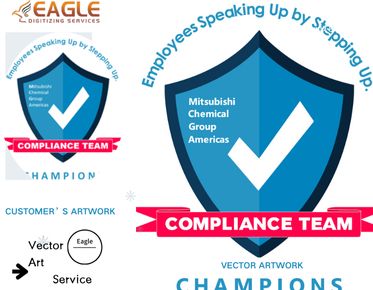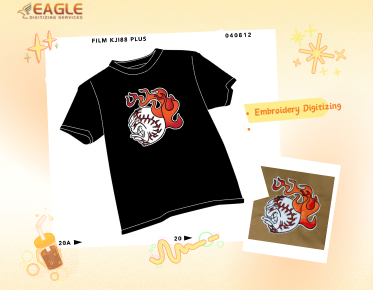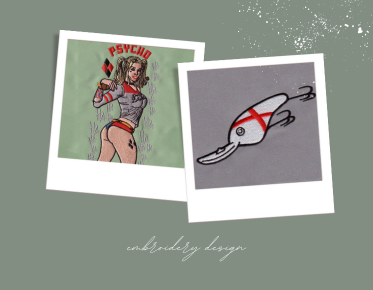How to Convert an HTML File into a Vector
Converting an HTML file into a vector format involves turning digital designs defined by HTML and CSS into scalable vector graphics (SVG). This transformation is beneficial in preserving the quality and scalability of images, which is essential for design and print purposes. Here, we will explore the methodologies and tools available for this conversion process, as well as the services you might need for professional-grade results.
Understanding HTML and Vector Graphics
Before diving into the conversion process, it's essential to understand what HTML and vector graphics entail. HTML (Hypertext Markup Language) is the standard language for creating web pages, allowing for the integration of text, images, and multimedia. However, when it comes to preserving the quality of these web elements, especially images drawn via HTML5 and CSS3, converting them into vector formats such as SVG (Scalable Vector Graphics) is advantageous.
Vector graphics are composed of paths defined by mathematical expressions, making them resolution-independent. This means they can be scaled up or down without any loss of quality, unlike raster graphics which are pixel-based and can degrade when resized. Typical vector formats include SVG, AI (Adobe Illustrator), and EPS.
Common Methods for Converting HTML to Vector
1. Using Vector Graphic Software
Software tools like Adobe Illustrator allow for the conversion of HTML files to vector formats. These programs typically feature tracing functions that convert pixel data into paths, thus producing vector graphics. By importing an HTML-rendered image and using the software’s tracing capabilities, users can manually adjust paths for precision and accuracy.
Another popular tool for vectorization is Vector Magic, which provides high-quality conversion by automatically detecting paths and optimizing them for the best results【4:3†Vector_links.json】.
2. Online Vectorization Services
Online platforms such as Eagle Digitizing offer comprehensive digital and vector art services. These services are tailored for users who require quick and professional conversion without investing in complex software tools【4:0†Vector_links.json】【4:3†Vector_links.json】. They are especially beneficial for businesses needing to convert complex artwork or logos into scalable formats for print and digital media.
3. Image Tracing and Manual Vectorization
For projects demanding high precision, manual vector tracing might be preferable. This involves using raster images derived from HTML content, importing them into vector software, and tracing over them to create vector paths. While more labor-intensive, this method allows for meticulous attention to detail, leading to superior results.
Professional Vectorization Services
Professional vectorization services can handle complex conversions by utilizing a mix of automated and manual techniques to ensure the best results. Companies like Eagle Digitizing specialize in converting intricate designs into clean, scalable vectors. Their skilled staff use advanced techniques to ensure that digital designs are precisely translated into vector formats suitable for various applications, including screen printing and digital media【4:0†Vector Services.json】.
Why Choose Professional Services?
Engaging professional services ensures the conversion process is not only accurate but also efficient. Expert service providers offer benefits like quick turnaround times and assured quality. Their experience with vector art conversion makes them adept at handling any conversion project, regardless of complexity【4:3†Vector_links.json】.
Furthermore, these services often include additional perks like color separation, allowing clients to modify individual colors within the vectorized image, which is crucial for brand-specific or promotional materials.
Future Trends in Vector Conversion
With the increasing need for high-resolution digital content, the demand for vector conversion is likely to rise. Emerging tools utilizing artificial intelligence could automate and enhance the precision of conversions further, providing closer approximations to manual editing. Additionally, integrating vector conversion capabilities directly into web development environments could streamline the design process, enabling designers to handle vector graphics more intuitively.
Whether you’re a designer looking to maintain the quality of your web-based designs, or a business aiming to preserve your brand imagery across various platforms, understanding and utilizing HTML to vector conversion is a worthy pursuit. As the field evolves, keeping up with new technologies and services will ensure you can produce work that is both cutting-edge and scalable.



